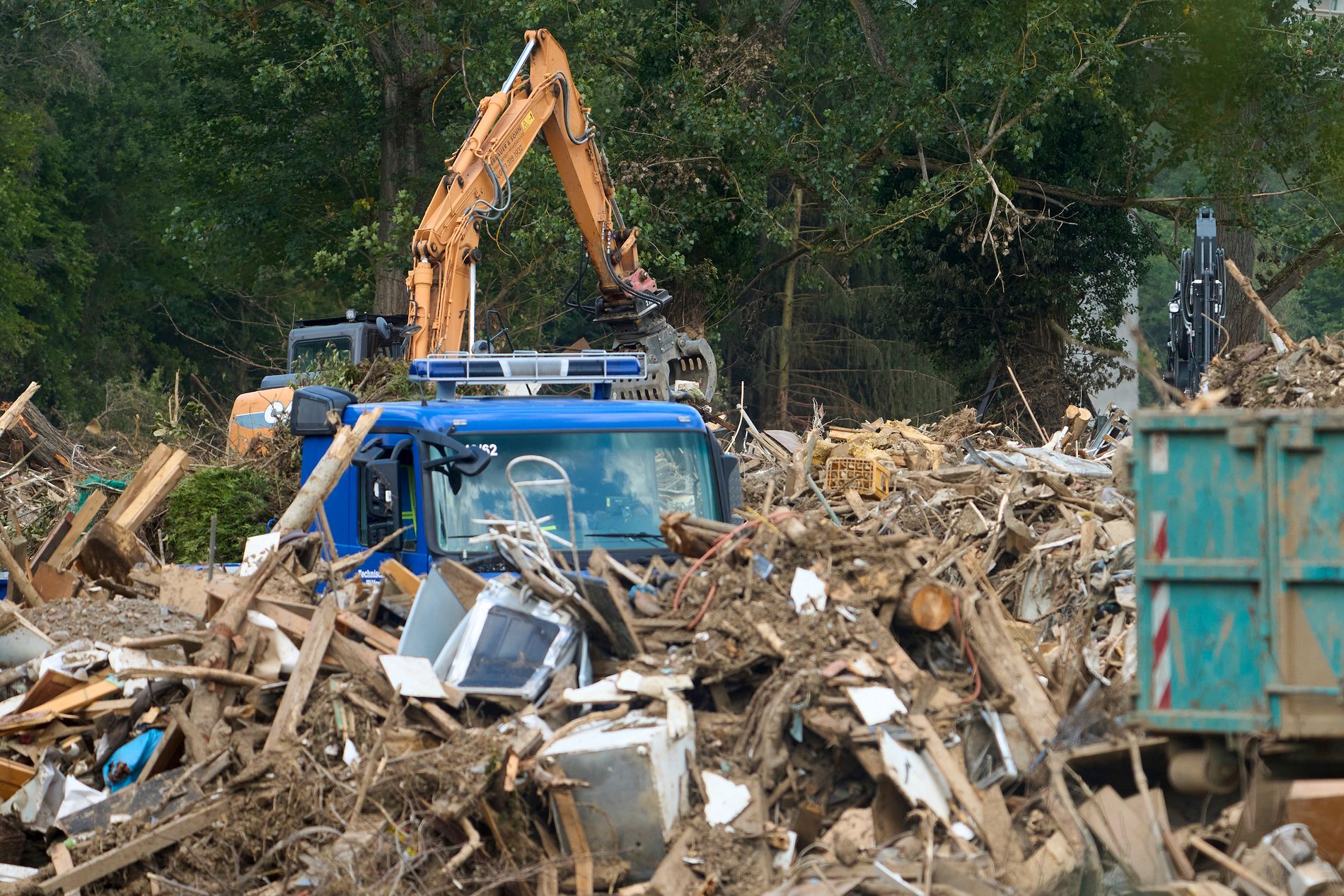Today
•
reading time 3 minutes
—
–
It is perhaps the most famous disease maker there is: salmonella. On which foods is this bacteria common? When does it pose a health hazard? And how do you avoid getting infected and getting sick? We explain.
The infamous salmonella bacteria is mainly found in raw meat (particularly pork and chicken), eggs, dairy products, fish and shrimp. But the bacteria can also settle on raw vegetables, sprouts and fruit.
Salmonella is part of the natural intestinal flora of pigs, poultry and cattle, among others. Salmonella is a bacterial genus named after American veterinarian Daniel Elmer Salmon. At the end of the nineteenth century, he managed to isolate the bacterium from pigs, after which it was named after him.
Normally, eating contaminated food does not directly cause an infection in the human body. But if the bacteria get the chance to multiply considerably, there is a risk of infection.
What are the complaints?
A salmonella infection quickly gives rise to symptoms. The incubation period is 6 to 48 hours. After that, someone may start to feel sick. The main symptoms are abdominal cramps, diarrhoea, nausea, vomiting, fever and headache.
There is no single salmonella bacteria. Various variants belong to the pathogens, of which salmonella typhi in salmonella paratyphI can give very severe complaints. The infection by these two bacteria is also called typhoid fever or paratyphoid fever. Are these conditions not treated properly? Then someone who has contracted it can even die from it. With most other (sub)types of salmonella, the aforementioned physical complaints disappear after a few days.
Risk for people with low resistance
A product warning for foods with salmonella often states: “Eating this bacteria is dangerous and can especially pose a risk to people with a low resistance, such as the sick, pregnant women, the elderly and young children.” These groups of people are particularly prone to dehydration from diarrhea and vomiting. Also, the immune system is sometimes less able to fight the infection.
Advice: keep cool
How do you prevent the bacteria already present on meat, fish or another food product from multiplying? In the first place, refrigeration or freezing is a good means. Note that this does not kill the bacteria, but it does prevent them from spreading. Four degrees is the ideal temperature to adjust your refrigerator to. This is the temperature at which your food will keep the longest.
heating up
You can kill the salmonella bacteria by heating food properly. A well-known example is fresh chicken, for which it is always recommended to bake and roast it well before consumption. The advice is that you should heat the whole chicken until it is cooked. So also the inside, because that’s where the salmonella may have nested. Something to keep in mind when you fry a chicken breast or other piece of meat in the pan or grill it on the barbecue.
Advice: wash your hands
It seems obvious, but washing your hands is certainly useful when you start working with food. About 50 percent of people carry a bacteria on their hands, in their nose or in their throat. Food can become contaminated through unwashed hands. Conversely, contact with already contaminated food can cause the (salmonella) bacteria to settle on your fingers, with all the associated risk of contamination. So wash your hands before and after eating, especially if you are serving the cook.
Source: Maag Lever Bowel Foundation, RIVM, Nutrition Center
–


